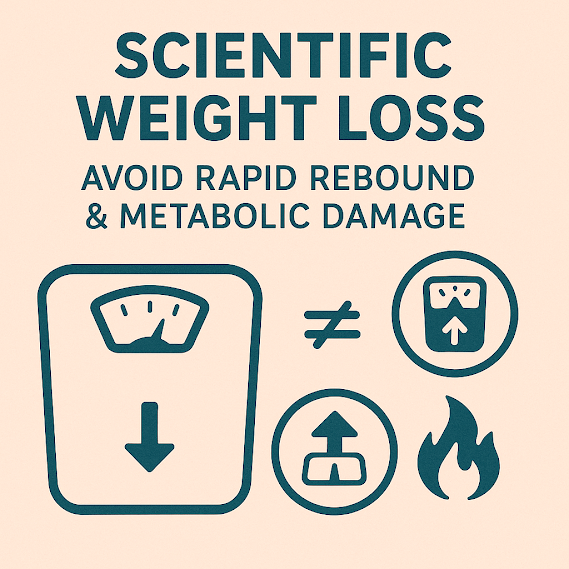A Rational Approach to Fat and Sustainable Weight Loss
Many people believe the key to fat loss is shedding excess body fat, but how can we achieve rapid and sustainable weight loss? The first step is understanding fat itself—what types of fat must be targeted and how to effectively burn off excess fat.
1. Fats Come in Different Colors
From a health perspective, fat varies by location in the body. Abdominal fat, also known as visceral fat, is more sensitive to cortisol than fat in the thighs or hips. When excess energy isn’t released, it tends to accumulate in the abdomen. This visceral fat is particularly troublesome, acting like a tumor by producing inflammatory chemicals that reach the brain, triggering hunger and fatigue. This can lead to overeating, consuming junk food, and a lack of exercise, creating a vicious cycle that stores even more abdominal fat.
The good news? Certain foods can help reduce inflammation, such as fish oil and probiotics. Consider taking fish oil supplements or eating yogurt with live cultures.
2. Different Types of Fat, Different Functions
More specifically, fat comes in three types, distinguished by color and function: white, brown, and beige. Most people view white fat as “useless” due to its low metabolic rate—it doesn’t burn calories like muscle does. White fat, comprising over 90% of body fat, serves as a storage site for excess calories.
Brown fat, richer in blood supply and darker in color, can burn calories rather than merely storing them. Some animals activate brown fat in winter to stay warm, but humans have too little to rely on it for calorie burning.
Beige fat, with calorie-burning abilities between white and brown, is an exciting discovery. Researchers are exploring ways to convert white fat cells into more active beige fat cells. Preliminary evidence suggests that diet, exercise, or supplements—potentially activating hormones during physical activity—may promote this conversion. Foods like seaweed, licorice, and chili peppers may also have this activating effect.
3. Burn Calories First, Then Fat
In fitness circles, “burning fat” is a popular phrase, but it’s an indirect process. Before fat is burned, calories are consumed first, whether from stored carbohydrates (glycogen and blood sugar) or fat reserves. The more calories you burn during exercise, the greater the calorie deficit, leading to more fat loss.
You can also create a calorie deficit by eating less, but most people struggle to dedicate enough time to burn sufficient calories for weight loss. Experts advocate high-intensity interval training (HIIT), which maximizes calorie burn in minimal time, potentially doubling calorie expenditure compared to standard workouts.
4. Fat Affects Your Mood
Stepping on the scale and seeing weight gain can ruin your day. Excess abdominal fat, in particular, stimulates a cortisol feedback loop, which research links to mood disorders. This can trap you in a cycle of stress-eating, weight gain, and more stress, leading to prolonged low moods even without a clinical diagnosis. To break this cycle, try dark chocolate—it provides enough sugar to satisfy stress-induced cravings while its healthy flavonoids help disrupt the cortisol loop. Low-fat dairy, like yogurt, offers similar benefits, with calcium and magnesium working together to alleviate stress.
5. Even Lean People Have Fat
Cellulite, the dreaded “C-shape,” results from subcutaneous fat trapped beneath the skin. This fat, caught between the skin and underlying muscle by connective tissue, resembles a sandwich. Even small amounts of fat can create a dimpled effect, meaning you can be fit and lean yet still have cellulite on your hips or thighs. Reducing fat while building muscle is key to minimizing cellulite’s appearance. Specialized creams and lotions may help reduce the look of cellulite but cannot eliminate fat itself.













Comments
Post a Comment